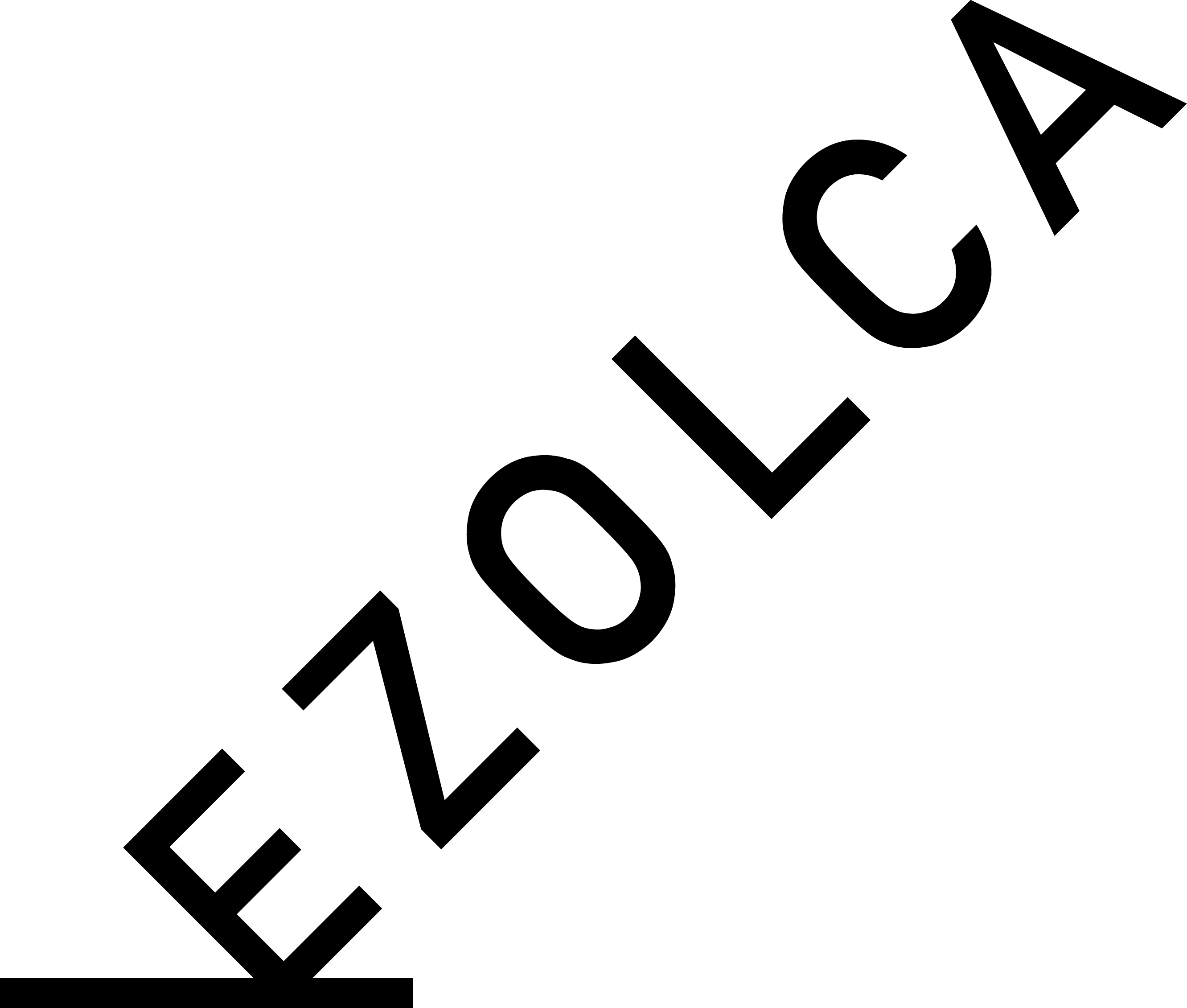Sagara dolls have been made by many generations of the Sagara family of Yonezawa city, Yamagata prefecture since 1790. These dolls can take on many forms, but here we have a “Child Holding a Sea Bream.” In Japan, the sea bream is a symbol of prosperity and good fortune, and this particular doll embodies the hope for a child’s good health and future happiness. (Takashi Nakamura)
traditional
KOKESHI
Kokeshi dolls are said to have originated around 1800 in the northeastern Tohoku region of Japan, in hot spring districts known for their healing properties. The craftsmen of these densely wooded and mountainous regions fashioned bowls, trays and other household goods out of wood, and the dolls they crafted out of leftover wood scraps are believed to be the first kokeshi dolls. Visitors to the hot springs bought these dolls as souvenirs, contributing to their spread throughout Japan.
NIOUZOU AT YAKUSHIDO TEMPLE
At the entrance of a japanese temple, there is a gate called the Sanmon gate.This gate is guarded by two “Niouzou” Buddhist guardian spirits.
Their purpose is to prevent enemies from entering the temple.They are always a pair, one on the right side of the gate and one on the left.One’s mouth is open , the other one’s mouth is closed.Usually they have muscular bodies and angry expressions.
However, Niouzou at Yakushido Temple is different.He has an angry face but he is almost cartoonish.His body is not muscular, but sagging like an old man.He is a very atypical Niouzou. (Takashi Nakamura)
“Negai Ushi” (Cow Deity)
On the path leading to Satonomiya-Yudonosan Shrine, you will find a reclining bronze statue of the “negai ushi,” or cow deity. This deity is known as a god of fertility, safe childbirth, and other deeply held ambitions. People visiting the shrine will touch the statue of the cow deity, which is believed to help such desires come true.
takeda winery
Taiyo no mugi senbei
Buddha in Matsushima
KENDAMA
TENDO FURNITURE
YAMAGATA IRON KETTLE
Akegarasu
ZAO DAIGONGEN
Iwaya Jyuhachiya Kannon Shrine
OBINZURUSAMA
By Takashi Nakamura, EZOLCA

